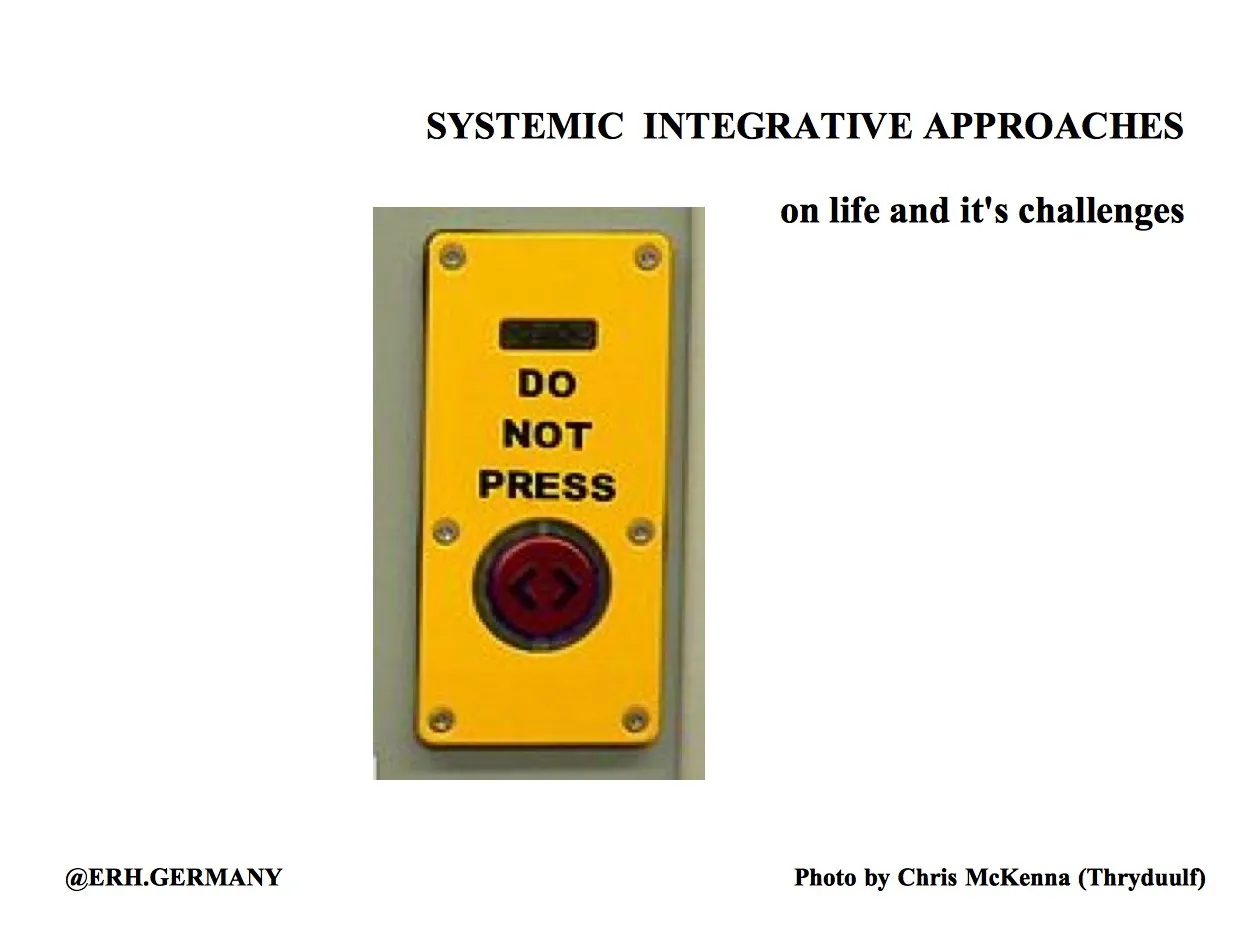
You shouldn't bother reading two really sexy methods of getting involved with each other. ... Nah, just skip this article and move on to the next without learning about really cool techniques in solving problems. Or: Go on if you must. But don't tell anyone. No? You decided to stay?
Then I want to introduce to you my favorites of systemic integrative consulting:
- Paradoxical intervention
- Impact method
Let's get started right away with a scenario. An angry and frustrated one:
"Well, that's enough! I'm splitting up - and I'm splitting up for good!" Have you ever thought that before? Or do you know couples who argue or quarrel all the time? What would you like to advise or prescribe yourself? What would you like to say to the couple?
A significant part of the systemic and integrative consulting is to irritate or surprise clients with tasks and questions that they do not expect.
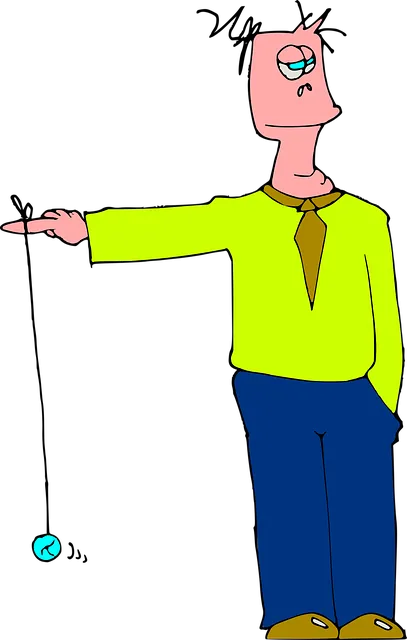
But what if someone were to write you a recipe - that is to say, give you a proper note - which says on it:
"Please argue with your loved one every evening at exactly eight o' clock".
Would you feel like you're being teased or provoked? Sure. But what else? Let's say you've visited a counsellor - a couple counsellor - and he or she would listen to your problem and end up giving you the task that you have to fight hard twice a day - until the next appointment.
This goes against what you know, right? You're confused by such a ridiculous task and you think, "What nonsense! We can't do that! The consultant goes even further and recommends hanging the note on the cupboard in a way that is clearly visible, and also once again where the couple usually spends a lot of time.
This is also called an "anchor". On the one hand, people begin to laugh at such an unusual and absurd idea. That's good. On the other hand, the note is a visual reminder that if it threatens to get out of hand again, a look at the note reminds the involved parties that they actually want to resolve their differences in a different way. What is especially important is what goes on inside the man or woman when looking at the note: it can help to keep the humour. To remember, to breathe deeply and not to react to each other in the usual way. You buy yourself time, get spaces in between, which serve to interrupt a pattern.
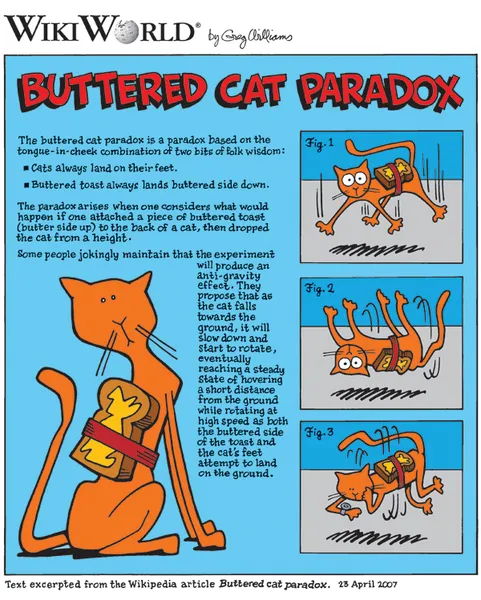
The whole thing is called "paradoxical intervention".
The systemic advisor is looking to shake his clients up in terms of their convenience. It is sometimes appropriate to provoke anger in order to overcome a possibly disinterested or tired moment. It is necessary for the consultant to explain his intention either beforehand or afterwards, depending on what he has in mind.
Paradoxical intervention is a method of prescribing a "symptom", i. e. doing exactly what has become a problem for a person.
One prescribes "more of the same".
It is a method which seems to be in contradiction with the goal to be achieved, but which is actually designed to achieve that goal.
The client is challenged by the paradoxical intention to evoke in a (paradoxical) way exactly what he is afraid of. This is based on the idea of breaking through a self-confirming vicious circle of fear. The paradoxical intention is a method of speech therapy by Viktor Frankl, an Austrian neurologist and psychiatrist.
The following techniques are considered paradoxical interventions:
- symptom prescription
- paradoxical intention
- reinterpretation (reframing)
Quote from Wikipedia:
"If the client does not manage to follow the symptom prescription and deliberately execute the symptom, then he experiences a weakening of the symptoms. If he succeeds in deliberately causing the symptom, this leads to an increased self-efficacy expectation. This method can be particularly effective if the fight against the symptom has contributed to its maintenance."
For our couple, this means that if they don't manage to argue at eight o' clock every night, then they have a success for themselves. If they consciously lead the argument, they expect a different behavior from themselves than they would otherwise expect.
Beautiful, isn't it?
I have often thought that counselling (and the work of a therapist) is not just science but rather an art - let's say it's both.
A science has developed the other way round, where people have previously recognised other people as role models who practised their profession as artists. Alan Watts (of whom I am a great admirer) once said that therapy is more of an art than a science.
Systemic therapy often reminds me of the old Zen masters in its approach.
If one asked them a secular question, they answered it philosophically. If one asked them a philosophical question, they answered it with an everyday banality.

The student asks his master: "How can I attain the highest enlightenment?" Answer: "By washing your rice bowl clean every day."
What causes an impact?
The second, very elaborate method in systemic counselling (and therapy) is called "impact method" - it is an art of memory and is also called mnemonic technique.
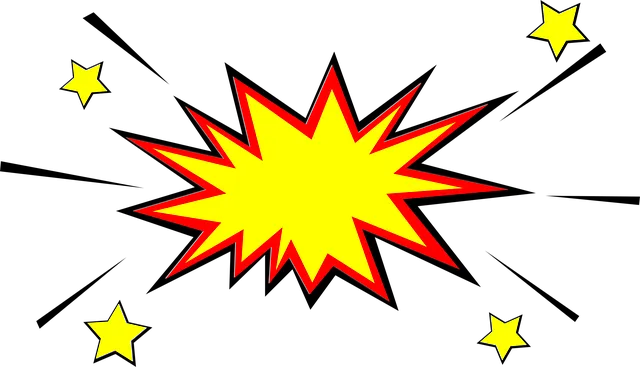
In the first chapter the author presents the impact techniques with different objects. The use of the visual dimension concretizes the therapy and makes it easier to focus the client's concentration on a specific topic. There are at least two variants. Either the therapist selects something visual from the client's everyday life, which he or she sees regularly between therapy sessions and which increases the effectiveness of the intervention. Or he uses other objects that are easily accessible and inexpensive for him.
The therapist can give the client one or the other object as a gift and in this way promote further discussion of the topic after the session. For example, a piece of paper can be used to illustrate the relationship between two people. Smooth and clean, it symbolizes a pleasant and satisfying relationship. If it is wrinkled, torn or full of stains, it represents an unfavourable relationship; ... the more therapists try to empathize with the psychological reality of the client, using concrete, tangible, visual elements, the more attentive they become to what clients themselves bring in. Learn more about the way they learn and change.
In my training, I gave a presentation on this topic in front of my classmates.
The use of objects is by no means one of the most effective ways to give someone insight.
Much faster than in lengthy conversations. I often use facilitation cards or simply paper in my professional client's everyday life. Either it becomes a ground anchor or I sketch something.
Once I took an old pizza box with me to the office and wrote the word "Problem" on the inside in big letters.
This should hold the client very close to her eyes. I asked her: "If you have the cardboard in front of your face, what do you see?" She was irritated by this unexpected action, I asked her if she wanted to participate. After agreeing on that she said, "Well, I see nothing at all!" I said, "And what if you keep that piece about 15 centimeters away?" .... and so on.
Sure, what's the point of that, isn't it?
I also like the plastic mug experiment.
I used this in a couple-consultation, where it was about the fact that the affection expressions of one did not get stuck with the other or needed a constant renewal (in high measure). In this case I did actually not use real objects but asked the clients to follow this imagination (as I came up with it spontaneously and didn't have a cup):
"Imagine a plastic cup I drilled some holes in. When I take a water carafe and start pouring it into the cup. Now imagine, this cup represents you and I begin to pour in the following: attention ... (pour), affection ... , love ... , affirmation ... . What is going to happen?"
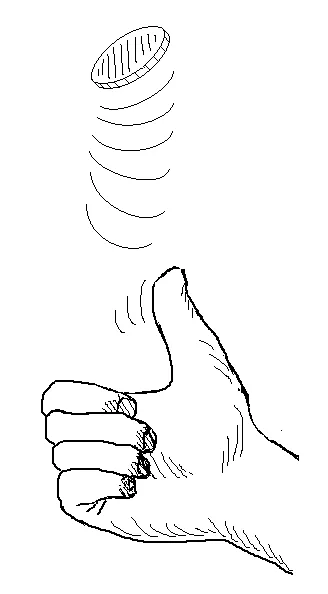
Coins can also be taken
In the case of an addiction problem, for example, you can press a coin into the client's hand and say: "On the one side, there's your dependency, on the other, is the consequence of it. Now just give me back only the addiction!" And you hold your hand open for the coin. What will happen?
Make decisions
If someone has difficulty in choosing between two options. The client is asked to throw the coin and then the head and tail stand for the respective statement. If number falls and the client is still not happy, however, this dissatisfaction is felt much more clearly than if one had only talked about it. Contrary to the result that has been achieved, a decision is far more powerful than making the decision in your head. If you make the decision and there is no contradiction: Good!
For today, that is all. Thanks for reading!
If you like to know more about methods & objects like timelines, family board and other stuff: just ask me & I will write or answer in the comment section about it.
Now you know a little more about the practice of a systemic integrative consultant. ... Or, wait ... ! I hope, you will forget everything you just read! In fact, go and shred some paper while NOT thinking about what you've just learned ;-)
Text sources:
Paradoxical Intervention: https://en.wikipedia.org/wiki/Reverse_psychology
Viktor Frankl: https://en.wikipedia.org/wiki/Viktor_Frankl
Zen Tradition: https://en.wikipedia.org/wiki/Zen
Danie Beaulieu: http://www.academieimpact.com/en/danie-beaulieu.php
Book "Impact Techniques for Psychotherapy": http://www.systemagazin.de/buecher/neuvorstellungen/2007/03/beaulieu_impact-techniken.php (quote from above translated into English)
Art of memory/ mnemonic: https://en.wikipedia.org/wiki/Art_of_memory
Impact Therapy - founded by Ed Jacobs, Ph.D.: http://impacttherapy.com/
Other article on "mnemonics": https://www.scientificamerican.com/article/bring-science-home-mnemonics/
For fun: http://listverse.com/2007/12/17/top-10-scientific-mnemonics/
Picture sources:
"not to press"-button: https://en.wikipedia.org/wiki/Reverse_psychology
Bored: https://pixabay.com/de/gelangweilt-langweilig-cartoon-2022500/
Buttered cat - made by Greg Williams
Chinese Letter: https://en.wikipedia.org/wiki/Zen
Explosion: https://pixabay.com/de/explosion-sternchen-auswirkungen-2283147/
Coin flipping: By Ipipipourax (Own work), via Wikimedia Commons

Today I used the SteemSTEM logo as a footer. Thanx for creating it to @nitesh9 , @foundation and @steemit devs/designers for the logo work! To find out about more, visit @steemstem